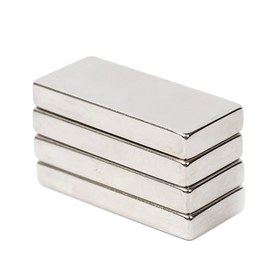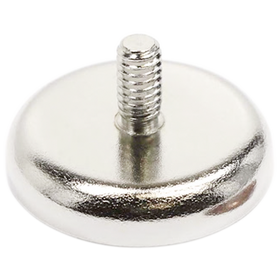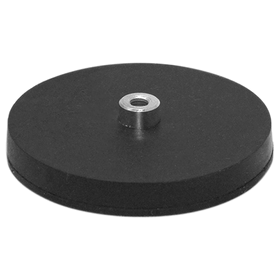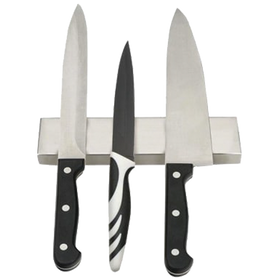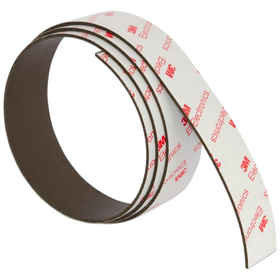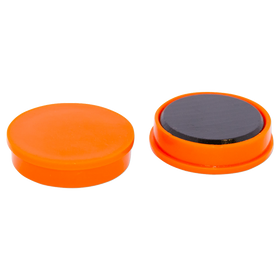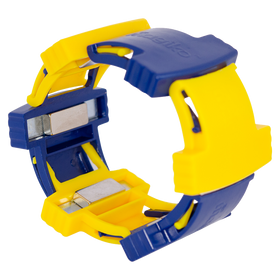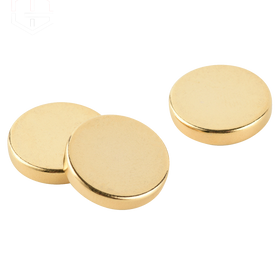
Tips For Buying Your Neodymium Magnets
Neodymium magnets are amazing – super strong, compact and versatile. Without neodymium magnets, the technological world as we know it would be very different. Neodymium magnets have helped revolutionise consumer electronics – things like our smartphones and smart televisions, audio equipment, medical devices, many renewable energy developments, electric vehicles. Neodymium magnets are found in a vast array of devices, industries and processes that make our every day lives easier.
But neodymium magnets are not indestructible, and like any precious item, they should be properly cared for. With a few simple considerations, you will get the most out of your neodymium magnets for many years.
What Are Neodymium Magnets?
Neodymium magnets are the strongest permanent magnets available, offering remarkable strength in a compact size. They are composed of neodymium, iron and boron, and are classified as one of the rare earth magnets, along with samarium cobalt magnets. Neodymium magnets are used in an astonishing range of industries and applications because they deliver powerful magnetic strength, packed into relatively small dimensions.
So, what exactly is a rare earth? Rare earths are a group of 17 elements found in the earth's crust. These elements are not rare, but they are dispersed among other commonly found minerals and are difficult to extract in the mining process. In the 1960s, the magnetic properties of rare earths were discovered and by the 1980s, rare earth magnets were being commercially produced. Neodymium and samarium cobalt magnets transformed the design and manufacture of an enormous range of devices, and that technological development continues today.
How Can I Buy Neodymium Magnets?
The best site for purchasing Neodymium magnets is through one of Australia's leading magnet suppliers, Frenergy. There are some important factors to consider before deciding which magnet is right for your project, and expert advice will make sure you get the right magnet for the job. We have a team of experts on hand, and we can guide you through the process.
Neodymium magnets come in an enormous range of shapes, sizes and strengths. There are disc magnets, ring magnets, spheres, blocks, cubes, tape and sheets. The strength of each magnet also varies. That strength is measured by what is known as the Gauss measurement, which ranges from N35 to N52. The higher the number, the stronger the magnet. A Frenergy team member will be happy to explain just what strength magnet you need for your job.
The weight of each magnet varies enormously as well, with some weighing less than a gram and others big enough to securely hold 100kg or more. In fact, it is the hold or pull force, that is the determining factor when you choose your magnet. What is the weight of the item your magnet will be holding? You may be surprised by the pull force of some magnets that are not much bigger than a paper clip.
Our online store has a huge range of neodymium magnets in all their amazing shapes, sizes and strengths. We ship across Australia and around the world and we can guarantee that you will get the right magnet for your application.
Caring For Your Neodymium Magnet
Neodymium magnets are sensitive to heat and corrosion, and they are also quite brittle, so you will have to take precautions around these three factors to get the most out of your magnets. Because they are prone to corrosion, neodymium magnets are often coated with nickel, zinc or epoxy to protect them. Depending on your application and the environment where these magnets will be placed, you should consider magnets with a suitable coating that will provide the necessary protection.
Avoid Heat: Extreme temperatures can affect the magnetic properties of neodymium magnets. Neodymium magnets have the highest magnetic energy in temperatures up to 80℃, but above this temperature they rapidly demagnetise. In below zero temperatures, neodymium material shows outstanding resistance to demagnetisation and can actually increase in energy output. The best advice is to keep your neodymium magnets away from extreme temperatures and avoid having them in direct sunlight or near heat sources by storing them in a cool, dry place.
Handle With Care: Neodymium magnets are brittle and can break easily if subjected to impact. Store them in a secure container such as a plastic or wooden box, to protect them from accidental drops or collisions. Neodymium magnets should also be stored in pairs or with a ferromagnetic material between them. This arrangement prevents them from attracting to other surfaces or each other, reducing the risk of damage. If you need to store a large number of neodymium magnets together, consider using magnetic shielding materials such as steel sheets or magnetic receptive foams. These materials help contain the magnetic field, reducing the risk of unintended attraction and making storage safer.
Neodymium magnets should be stored in a controlled environment with low humidity and mild temperatures. High humidity can cause corrosion and weaken the magnets over time, while extreme temperatures can affect their magnetic properties.
Neodymium Magnets Are Super Strong – Take Care!
Neodymium magnets are extremely powerful, and they can pose an injury risk if they are not handled properly. These magnets can attract or repel each other with great force and can cause pinching or crushing injuries. When you're handling your neodymium magnets, maintain a safe distance between the magnets and avoid having fingers or body parts in between them. They move at lightning speed!
Depending on the size and the application, you should wear safety gloves and safety goggles when handling neodymium magnets to protect yourself from potential injuries. You should also keep neodymium magnets away from fragile objects, such as electronic devices, credit cards, or pacemakers, as their strong magnetic field can cause damage.
Tips For Storing Your Neodymium Magnets
There are a few more considerations for properly storing and caring for your neodymium magnets to make sure they last and continue delivering their impressive magnetic power.
Organise by Size and Shape: To easily access and identify your neodymium magnets, consider organizing them by size and shape. This will prevent unnecessary handling and potential damage while searching for a specific magnet.
Prevent Contamination: Neodymium magnets have a strong attraction to ferrous particles in the air and on nearby surfaces. These minute particles are like tiny “hairs” that accumulate on the magnet’s surface or packaging. To avoid this sort of contamination, store the magnets in clean, closed containers, or keep them wrapped in bubble wrap or similar materials.
Magnetic Shielding: If you need to store a large number of neodymium magnets together, it's a good idea to use magnetic shielding materials such as steel sheets or magnetic receptive foams. These materials help contain the magnetic field, reducing the risk of unintended attraction and making storage safer. Storing your magnets with spacers between them will keep them magnetised. Also be mindful of the materials around your neodymium magnets when you store them. Metal shelving might cause them to be moved through magnetic attraction, so make sure your magnets are secure and contained.
Avoid Magnetic Interference: Neodymium magnets can disrupt nor damage other electronic devices if they are stored too closely to them, so make sure they are not near sensitive electronics, equipment with cathode ray tubes (CRT), or magnetic storage media. Magnetic fields can disrupt the functions of electronic devices and erase data on magnetic storage media.
Show Your Neodymium Magnets A Little Love
Like all precious things, your magnets need a little love. Now that you've chosen your neodymium magnets and they are hard at work on your project, there are just a few more considerations for you to get the most out of them and to preserve those amazing magnetic qualities.
Check them over once in a while for damage, such as cracks or chips and clean them with a soft, lint-free cloth to protect the coating. Harsh chemical or abrasive materials will damage them, so be gentle. Neodymium magnets are highly susceptible to corrosion when exposed to moisture. Keep them dry and avoid submerging them in water or exposing them to high humidity environments.
Magnet Knowledge Is Magnet Power
Whether you’re a DIY enthusiast, an electronics whiz, an engineer or just fascinated by magnets, following these tips will mean you get the right magnet for your project. They require care, the right environment and safe handling, but if you look after them properly you will have at your fingertips a very powerful tool that will deliver reliable magnetic strength for years to come.
Remember, always follow our safety guidelines, and consult the experts at Frenergy for specific applications or concerns.



